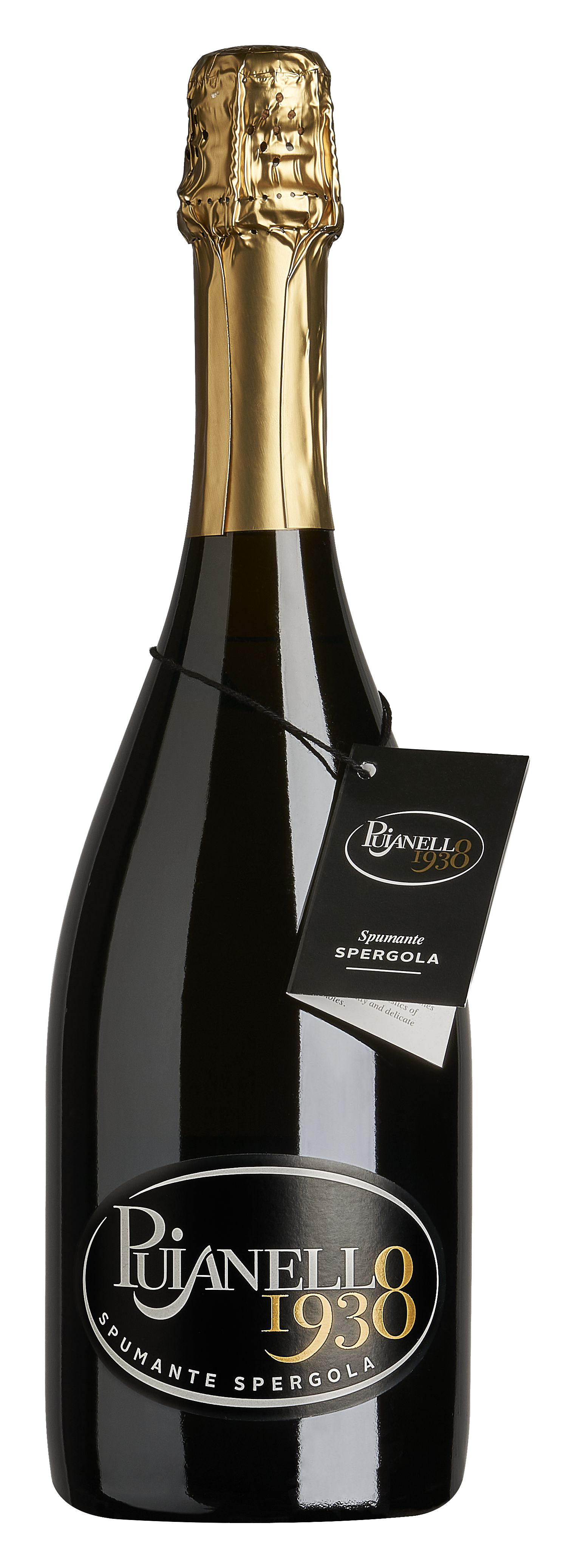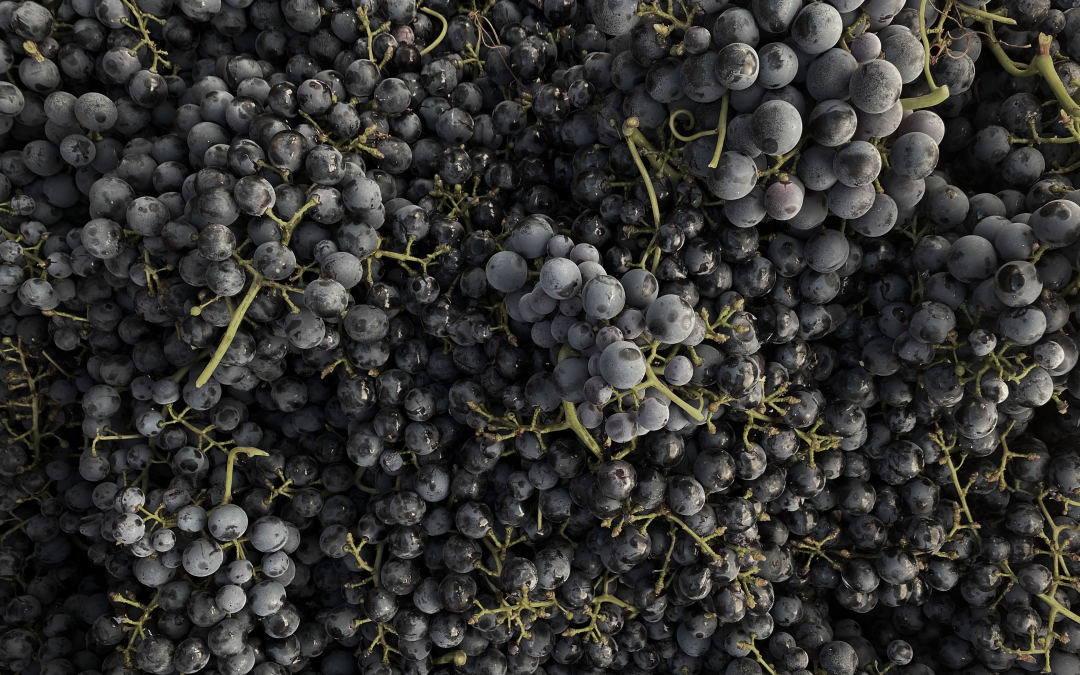A bottle of Lambrusco that sweeps away clichés about easy wines
an article by Paolo Massobrio
The Republic journal, May 24, 2022
Cantina Puianello in the Reggio Emilia region was born from a shared value system of five winemaking families. The guidelines? Single varietal winemaking for the most representative and rediscovery of native grape varieties
It all stems from a shared value system of five families of local winemakers, to the adoption of the principles of environmental sustainability and the dictates of organic farming. In between, almost a century of winemaking history traversed by this lively business operating in the rolling hills of Reggio Emilia dear to the duchess Matilda of Canossa, who created her powerful fiefdom here and was also crowned here by Emperor Henry V with the title of Imperial Vicar of Italy.
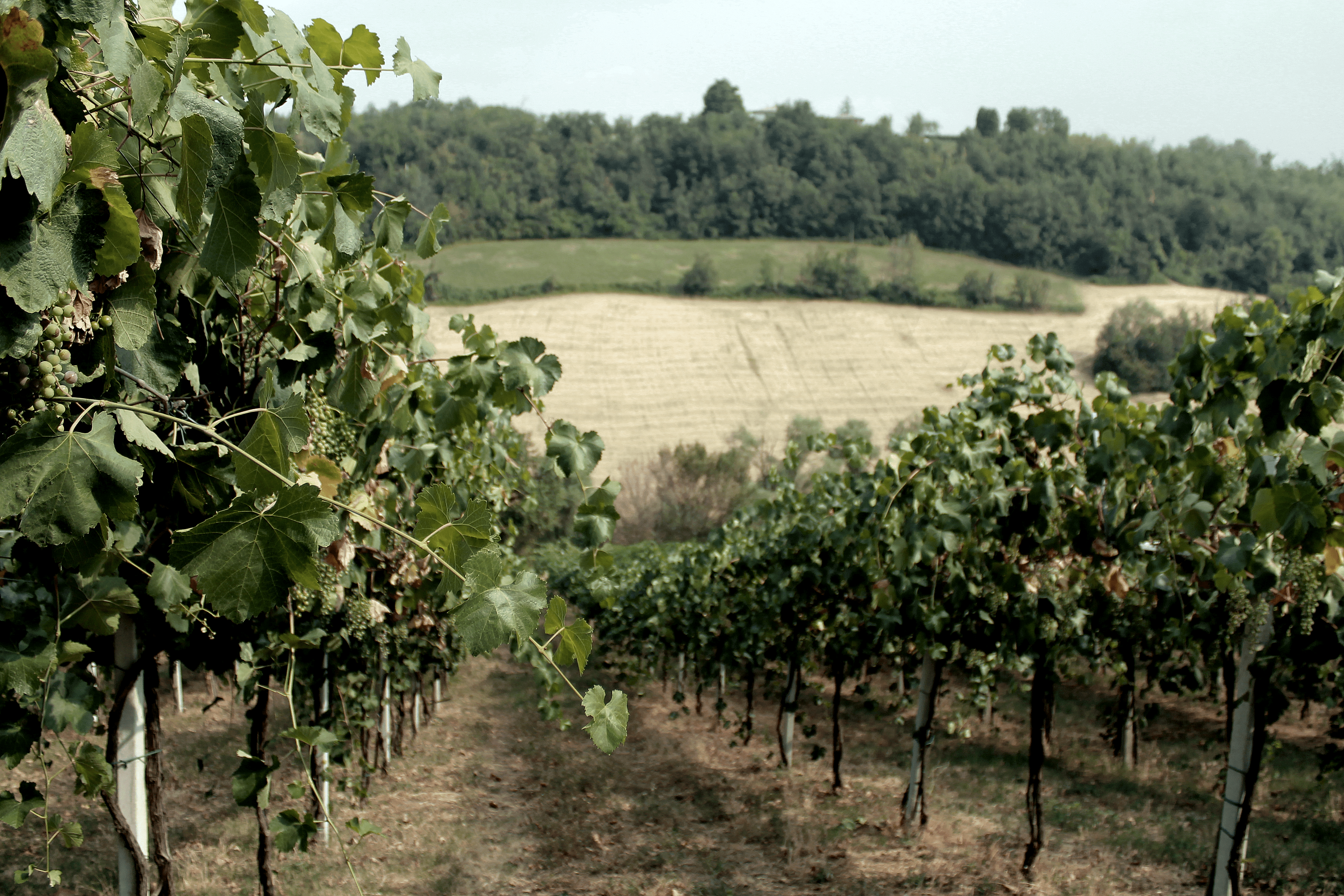
Now, the guidelines to which the current 180 afferent members have remained faithful since 1938 in the present day are single-vineyard winemaking in purity for the most representative wines and the rediscovery of native grape varieties such as the spergola, which finds its ideal habitat in these clayey, chalk-rich soils, and some very identifying varieties of lambrusco, such as the majestic montericco – named after the hill of the same name in Reggio Emilia where its cultivation is permitted – then barghi, marani, alongside maestri and salamino.
A small happy oasis, in the broader Reggio Emilia wine panorama, on the directive that climbs from Scandiano to Canossa, which has the surplus of enjoying a privileged microclimate, ventilated and with a good temperature range, sheltered from the winds and damp cold of the Emilian plain.
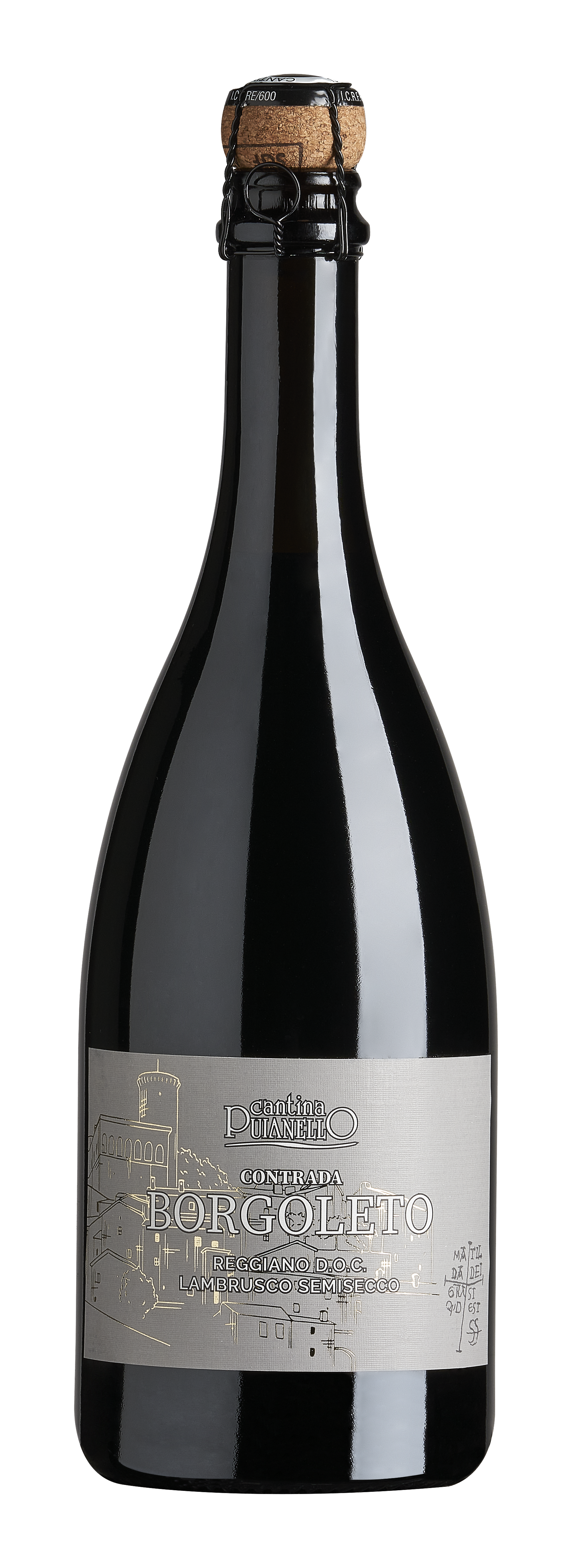
From viticulture expressed in the 220 hectares in the charge of members, in which the espalier training system is favored, with vegetative restraining wires, combining the guyot pruning system, emerges the first wine curated by winemaker Alberto Grasselli: the Lambrusco Reggiano Contrada Borgoleto, made from different varieties of Lambrusco (salamino 30%, marani 30%, maestri 30%, ancellotta 10%): the must macerates on the skins for no less than 72 hours; during maceration, strictly at a controlled temperature, it is enriched with the colors and aromas that make this product characteristic.
In fact, the nose is vinous, and then you feel pleasant notes of mushroom and spice. In the mouth, the fragrance is impacted by a nice tannicity and envelopment that offers a sweet suggestion. Beautiful glass!
From the same DOC, the Lambrusco Reggiano organic sparkling wine “L’Incontro”, from the pure Barghi grape variety, grown by two partners in the foothills area of the municipalities of Quattro Castella and Albinea.
More prolonged maceration follows, compared to the others, and the long fermentation on the fine lees of primary fermentation and also refermentation tend to soften the typical edginess of the grape variety.
It has impenetrable red color with orange hues, on the nose you feel almost citrus notes, in the mouth it is full, dry, and leaves a clean feeling on the palate.
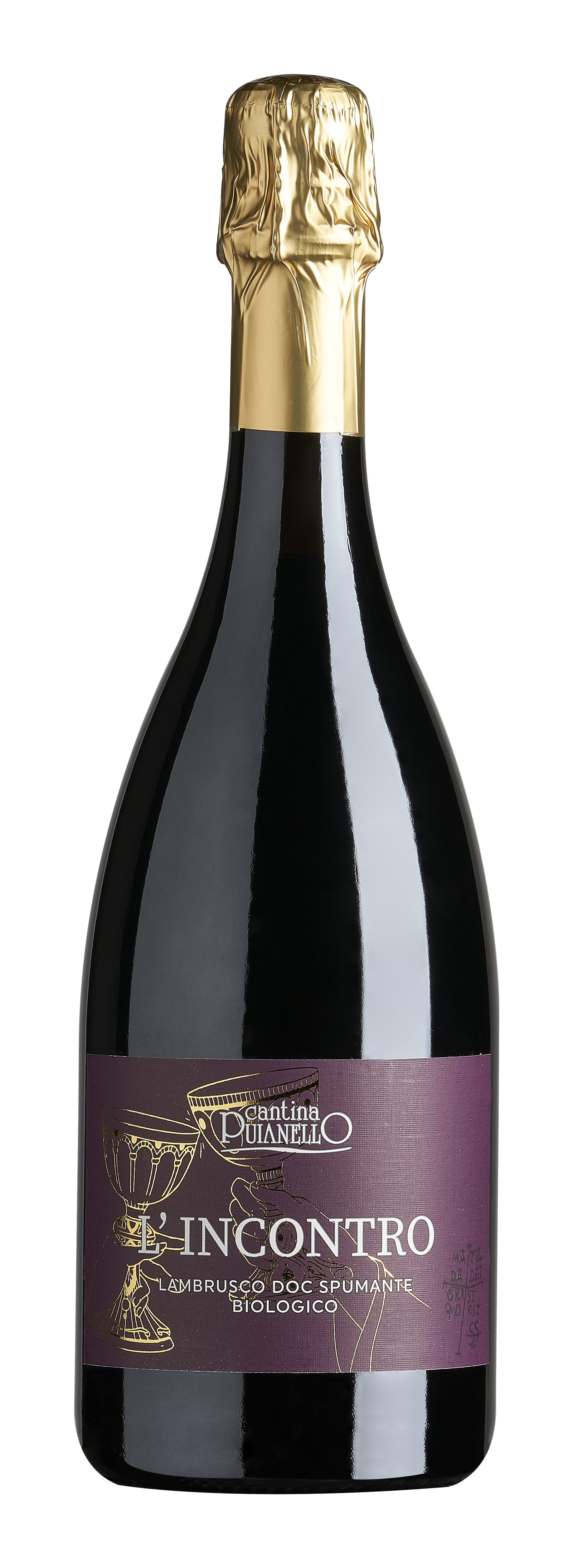
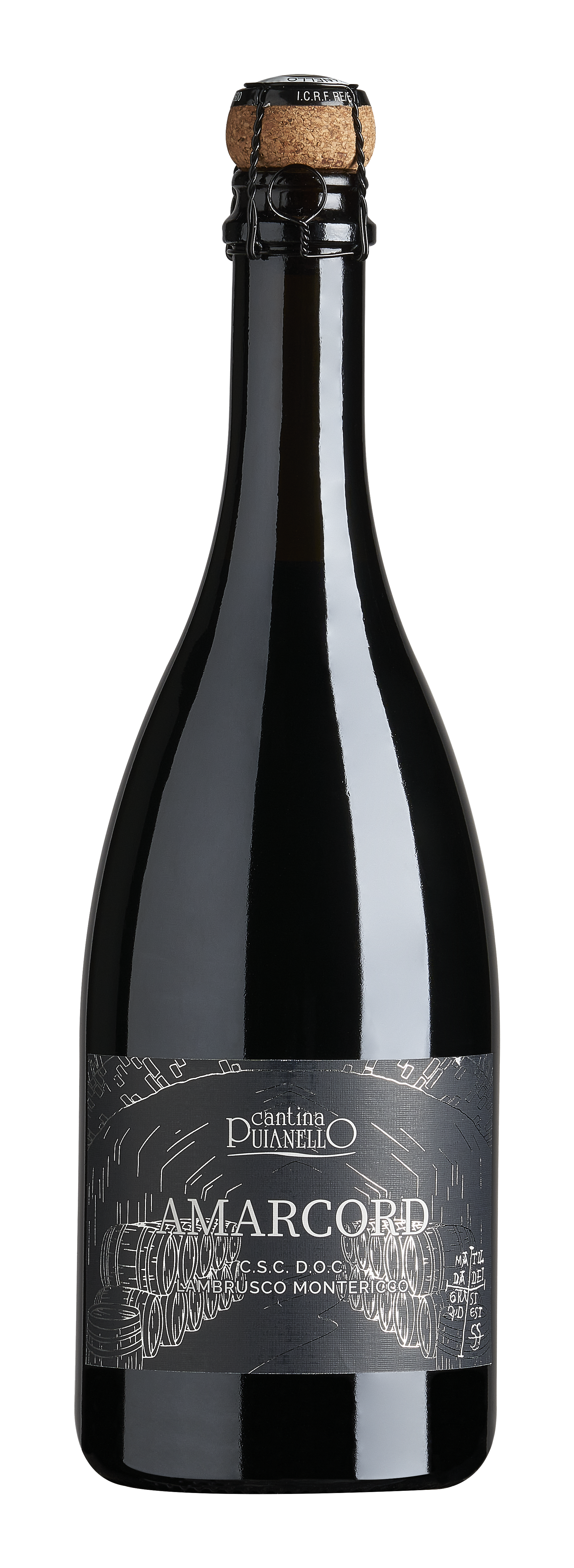
The Lambrusco Montericco variety is the absolute star of the Colli di Scandiano e Canossa Lambrusco Montericco “Amarcord”: here there is a late harvest, then fermentation in temperature-controlled tanks, until 50 g⁄l of sugar is reached, allows subsequent frothing using the Charmat method.
This technique, called monofermentation, maintains and enhances the primary characteristics of the grape variety.
Broad fruity bouquet, honey and mineral notes, and then dry and tannic on the palate, but with a really pregnant freshness that prolongs the persistence.
Excellent. Same winemaking for the rosé version, named “Rosa Matilde,” which instead reveals spicy and animal notes, tannins and lingering acidity.
Then, we have 3 unfiltered ancestral methods., a technique that involves Sur Lie fermentation, i.e., on yeast, without final disgorgement (i.e., without removal of yeast): the Organic Lambrusco Reggiano “Ancestrale Rosso” from the Marani, Maestri, Salamino varieties is vinified with cryomaceration at 5°C to preserve the primary aromas of the grape variety.
The must macerates with the skins overnight at a low temperature without starting alcoholic fermentation and another three days with fermentation grafting to extract color and tannins due to the alcohol component.
Then, final aging in bottle for one year. Feel salami skin and a lingering tannicity.

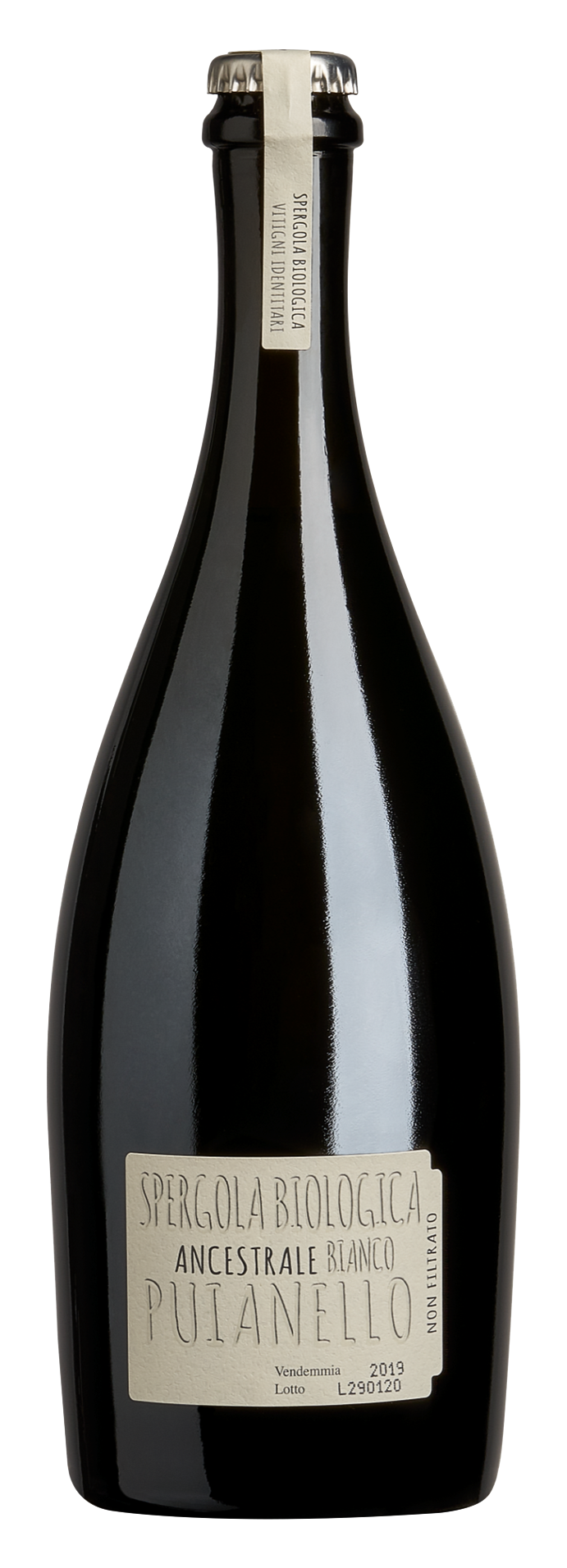
Then there is the Colli di Scandiano e Canossa organic Spergola “Ancestrale Bianco”, from the pure grape variety of the same name immediately sent for pressing.
The first fermentation takes place around 15°C temperature; the frothing takes place in the bottle according to the ancestral methodology where the yeasts, once the second fermentation is finished, die and settle to the bottom.
It has cloudy gold color and hints of lemon; in the mouth it is direct and closes dry.
And finally, also from this variety, the Lambrusco dell’Emilia “Ancestrale Rosé”, which has a somewhat decomposed acidity.


However, the goodness and versatility of the work of this social winery can also be touched with two other top wines: the Pinot Spumante Brut Metodo Classico, which contemplates 15% chardonnay grapes.
Only the very first part of the must, immediately separated from the marc, is used to prepare the base of this sparkling wine, then fermented at a controlled temperature.
In spring its second fermentation in the bottle takes place. The bottles are then placed in a cool basement where the resting phase of about 36 months takes place.
Before being put up for sale, the bottles are placed in pupitres and turned manually for the yeasts to reach the cork position. Finally, “dégorgement,” also called disgorgement, is carried out with the addition of “liquer de spedition,” which is very respectful of the wine of origin.
It’s a great wine, you feel lavender, custard, but also notes of gunpowder. In the mouth it is fragrant and bitter, the bubble is enveloping (top).
And finally, here is the Colli di Scandiano e Canossa Spergola Spumante Brut “Puianello 1938”.
The must is immediately separated from the pomace so that its color is not extracted; fermentation takes place in temperature-controlled tanks, developing the thiol and delicate aromas typical of spergola.
After a few months of rest, the wine is placed in an autoclave where, at very low temperatures, refermentation by the charmat method takes place, making it sparkling.
Before being sold, the wine stays in dark, cool rooms for a month. It has accentuated animal notes, is rich in the mouth, acidity in the background.
